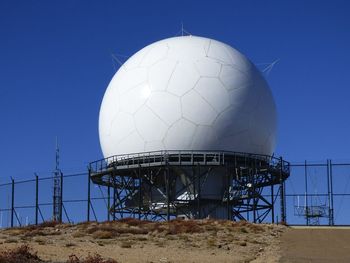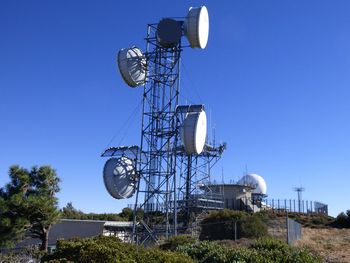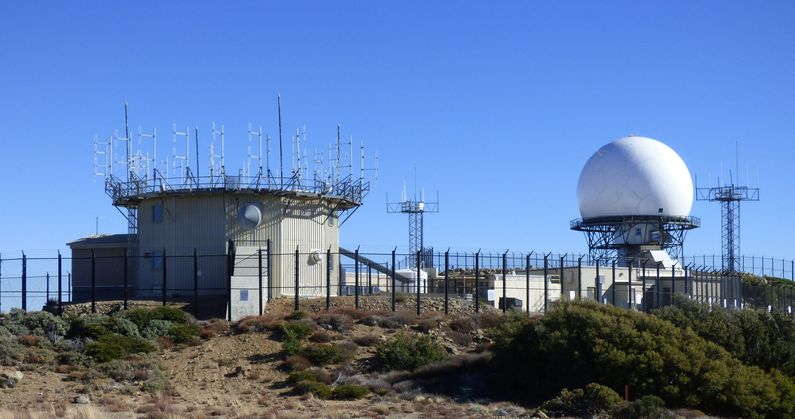Mount Laguna Air Force Station
|
Mount Laguna Air Force Station (1952-1981) - A Cold War Air Force Radar Station first established in 1952 on Mount Laguna, San Diego County, California. Named Mount Laguna Air Force Station after the location. Initially assigned a Permanent ID of P-76, later a Sage ID of Z-76 and then a JSS ID of J-30. Abandoned by the Air Force in 1981 and partially transferred to the FAA. Now operating as Mount Laguna FAA Radar Site with an FAA ID of QRW.
History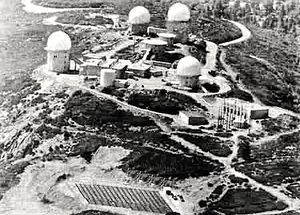 Established in 1952 and became operational in 1952 as Mount Laguna Air Force Station manned by the 751st AC&W Squadron. The station initially had both a Ground-Control Intercept (GCI) and an early warning mission. The early warning mission involved tracking and identifying all aircraft entering their airspace while the GCI mission involved guiding Air Force interceptors to any identified enemy aircraft. Controllers at the station vectored fighter aircraft at the correct course and speed to intercept enemy aircraft using voice commands via ground-to-air radio. Initial equipment included the FPS-3 search radar and a CPS-4 height-finder radar.
Manual System Operation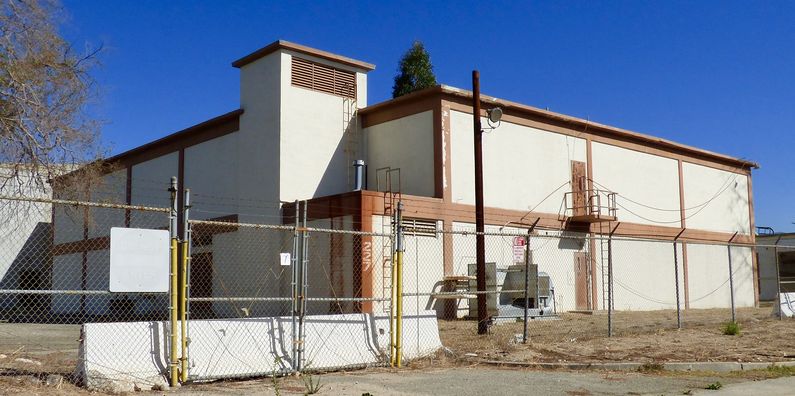 On 1 Feb 1952, the 751st AC&W Squadron moved to Mount Laguna Air Force Station, and on 6 Feb 1952, they were assigned to the 27th Air Division (Defense) (27th ADD) Headquartered at Norton Air Force Base in San Bernardino, California. The 27th ADD provided command and control over subordinate radar stations from the Norton Manual Direction Center P-84 located near the intersection of U Street and W Street on Norton Air Force Base. The Norton Manual Control Center (MCC) was connected to Mount Laguna via telephone lines and track data could be passed from Mount Laguna AFS Operations to Norton MCC via voice, teletype, and encrypted teletype. On 1 Oct 1959 command and control of Mt Laguna AFS and the 751st shifted to the Los Angeles Air Defenses Sector (LADS) and the new Norton SAGE Direction Center DC-17 established close by the old Norton MCC. Operations continued in manual mode until the SAGE annex at Mount Laguna was completed and the new equipment was installed and checked out.
SAGE System TransitionThe transition of the manual GCI system to the automated SAGE system began with the installation of the FST-2 coordinate data transmitter and search radar upgrades. The FST-2 equipment digitized the radar returns and transmitted the digital returns to the SAGE direction center. Under the SAGE System, interceptor aircraft were directed to their targets by the direction center computers and controllers, greatly reducing the need for local controllers and equipment at every radar station. The FST-2 was a very large digital system using vacuum tube technology. Over 6900 vacuum tubes were used in each FST-2 requiring 21 air-conditioned cabinets, 40 tons of air conditioning, 43.5 kva of prime power, and usually a large new addition to the operations building. The FST-2B modification added two more cabinets but with newer solid-state (transistor) technology to process coded responses from aircraft transponders. SAGE System Operation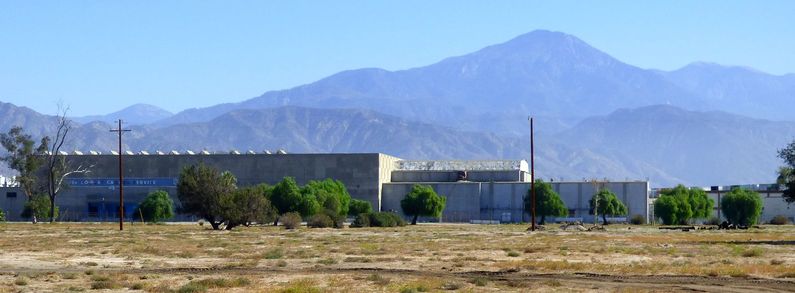
The site began operation as a SAGE site in 1961 initially feeding the Norton SAGE Direction Center DC-17. On 1 May 1961, the site was redesignated as the 751st Radar Squadron (SAGE)' reflecting its new status as a SAGE site. The search radar was upgraded to an FPS-7C with a pair of FPS-6 height-finder radars. One FPS-6 was later upgraded to an FPS-90. With the closure of the Norton SAGE Direction Center DC-17 in 1966, Mount Laguna AFS began to feed SAGE data to the Luke SAGE Direction Center DC-21 in Phoenix, Arizona. In 1962 Mount Laguna became a joint-use (FAA/USAF) site feeding radar data to the Palmdale FAA Center. In 1964 the FPS-6 Height finder was replaced by an FPS-26A Height finder which was upgraded in 1966 to an FSS-7 Submarine Launched Ballistic Missile (SLBM) detection radar operated by Detachment 4, 14 Missile Warning Squadron (MWS) from 8 Jul 1972 to 15 Sep 1980. BUIC SystemMount Laguna AFS became a BUIC I GCI site in 1962 and went operational as a BUIC II site on 1 Apr 1966. It later became a BUIC III site and the unit designation was changed in 1970 from the 751st Radar Squadron (SAGE) to the 751st Air Defense Group (BUIC). The BUIC III system provided a backup for a SAGE direction center and provided the ability to display sector-wide radar data on consoles for local weapons controllers. The system duplicated the functionality of the vacuum tube direction center computers with the more up-to-date GSA-51 computer system and replaced the FST-2 with a more up-to-date coordinate data transmitter, the FYQ-47. As the threat from a Soviet bomber fleet lessened the decision came to mothball the BUIC system in 1974. The 751st Air Defense Group (BUIC) became the 751st Radar Squadron in 1974. Gap Filler RadarsMount Laguna AFS was responsible for the maintenance of five remote unattended gap-filler radar sites (a sixth never became operational). The unattended gap filler sites were placed in locations where the main search radar lacked coverage. These sites were equipped with short range FPS-14 or FPS-18 search radars and FST-1 Coordinate Data transmitters that sent digitized radar target data to a SAGE direction center and to the main radar site. Both the radar set and the FST-1 were dual channel to increase site up time. Maintenance teams were dispatched for regularly scheduled maintenance or when fault indicators on the FSW-1 remote monitoring equipment suggested the site had problems. The FSW-1 also allowed remote operation of specific functions such as channel changes for the radar and for the FST-1, it also allowed remote operation of the diesel generators at the gap filler site.
Air Force Station ClosureIn 1979 Mount Laguna AFS came under TAC jurisdiction and was subsequently closed and abandoned on 30 Sep 1981. The Air Force maintained an Operating Location Alpha Delta (OL-AD) responsible for the height-finder operations on the main site until they were deactivated. Mount Laguna FAA Radar Site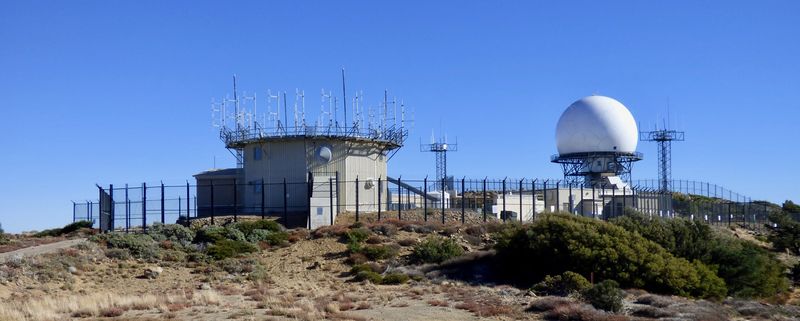 With the deactivation of the Air Force Station, the FAA assumed operation of a small compound on the upper site and subsequently replaced the Air Force FPS-7 search radar with an FAA ARSR-3 radar. In 1982 an ADTAC listing of sites to be brought into the JSS System included Mount Laguna FAA Radar Site with an ARSR-3 search radar and an ATCBI-5 SIF/IFF (Beacon) set. In 1983 the SAGE System deactivated and the Mount Laguna FAA Radar Site joined the JSS System with a JSS ID of J-30 as one of the original members. The FPS-116 height-finder required the Military Interface Modification (MIM) to connect to the digitizer functionality in the ARSR-3 radar. The modification allowed height-finder operators to process height requests and return height data to USAF direction centers. The FPS-116 was removed about 1988. In 1996 the ARSR-3 was replaced with an FAA ARSR-4 3D radar. The ARSR-4 at Mt. Laguna was commissioned on 3 Jul 1996. Only the ARSR-4 radome & tower remain in operation. The secondary radar for the site is the ATCBI-6M Beacon set. The tower base of a single previous radar installation remains repurposed as an antenna platform without a radome. The radar site data is now available to the USAF/NORAD Battle Control System-Fixed (BCS-F) operations centers (EADS & WADS) as well as the FAA
Los Angeles ARTCC (ZLA) and adjacent ARTCCs. Other federal agencies have access to the data under the Homeland Security umbrella.
Physical PlantThe physical plant of the site was divided into an upper main site, an upper GATR radio site, a cantonment, area, and a lower housing area. The main site housed the operations buildings, the radar towers, and the backup generators. The cantonment area housed the four enlisted barracks, the medical/dental clinic/bachelor officer's quarters, the orderly room, the dining hall, a small commissary, a motor pool, and other support/recreational buildings. Apart from the main site was a small housing area for critical married personnel. A separate upper radio site housed the GATR radio equipment for directing aircraft intercepts. The lower sites were connected by a road system to the upper sites and buses were used to transport personnel at shift change times. A 60kw solar farm was installed in 1975 just below the main site. At the peak level of operations during the BUIC III, years over 500 personnel were assigned to the station.
Current StatusThe upper site is now an FAA ARSR-4 3D radar site known as Mount Laguna FAA Radar Site. The ARSR-4 at Mt. Laguna was commissioned on 3 Jul 1996, Only the ARSR-4 radome & tower remain in operation. The tower base of a single previous radar installation remains repurposed as an antenna platform without a radome. All the other radar towers and radomes have been removed as have been some buildings The lower site with the cantonment area and the housing area has been leveled with nothing remaining.
See Also:
Sources:
Links: Visited: 7 Nov 2014 | |||||||||||||||||||||||||||||||||||||||||||||||||||||||||||||||||||||||||||||||||||||||
- FST-2
- SAGE Radar Sites
- FSW-1
- Visited
- All
- California All
- California Radar Sites
- California San Diego County
- Mount Laguna Air Force Station
- Starter Page
- USAF Radar Sites
- BUIC Sites
- SAGE Sites
- JSS Sites
- SLBM Detection Radar Sites
- 2015 Research Trip
- FPS-3
- FPS-8
- FPS-7
- CPS-4
- FPS-6
- FPS-90
- FPS-26
- FSS-7
- FPS-116
- FYQ-47
- GSA-51
- FST-1
- FPS-14
- FPS-18
- GPA-127
- GRT-22
- GRR-24
- GRC-171
- GPA-124
- ATCBI-5
- ATCBI-6
